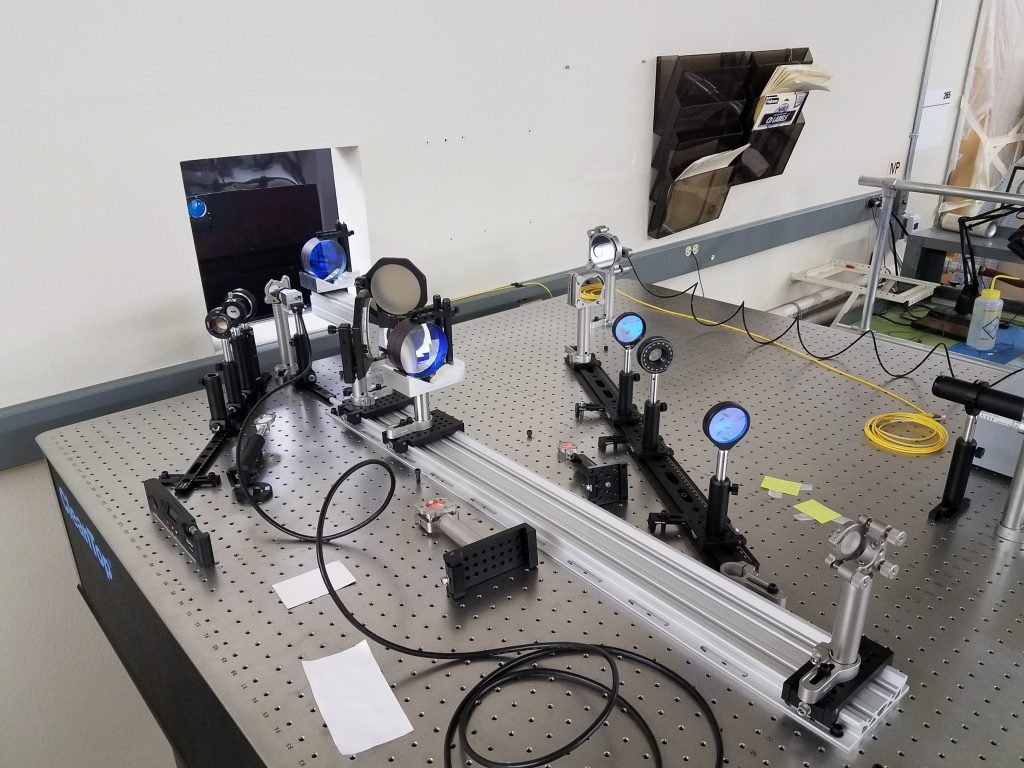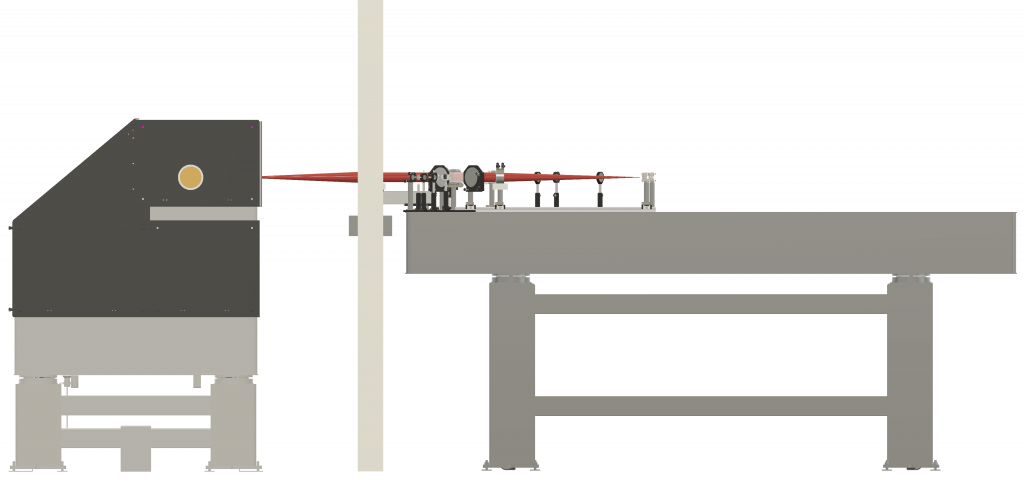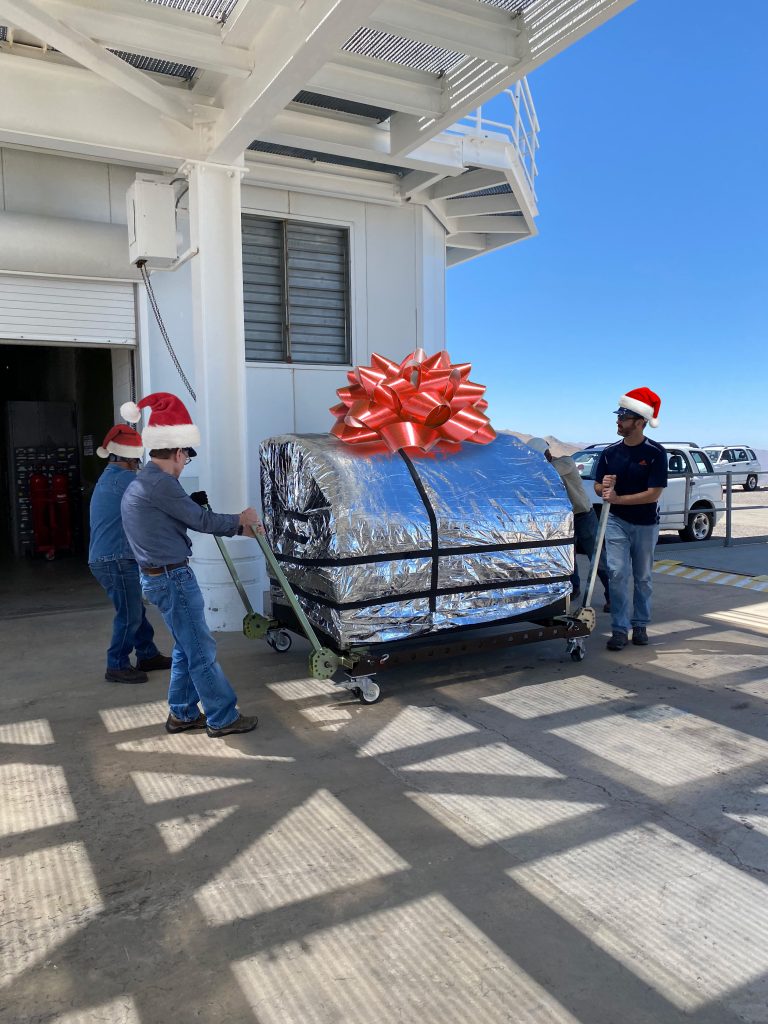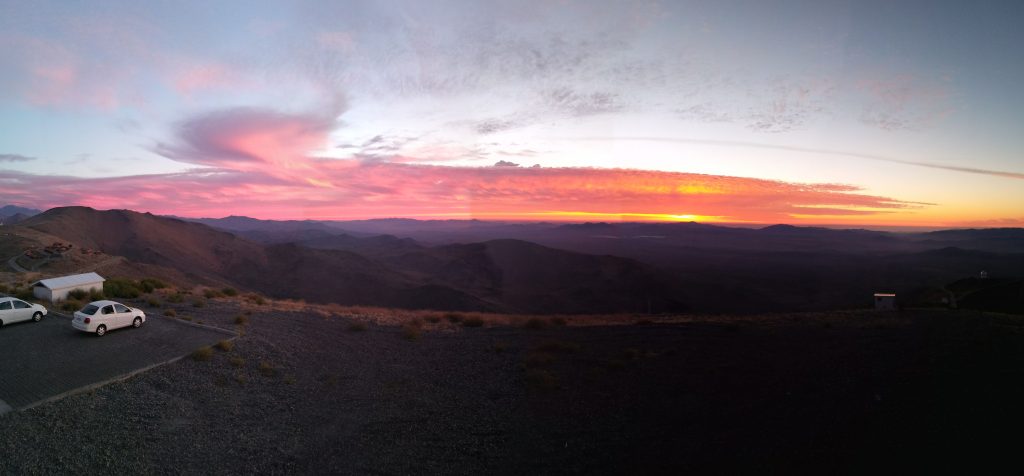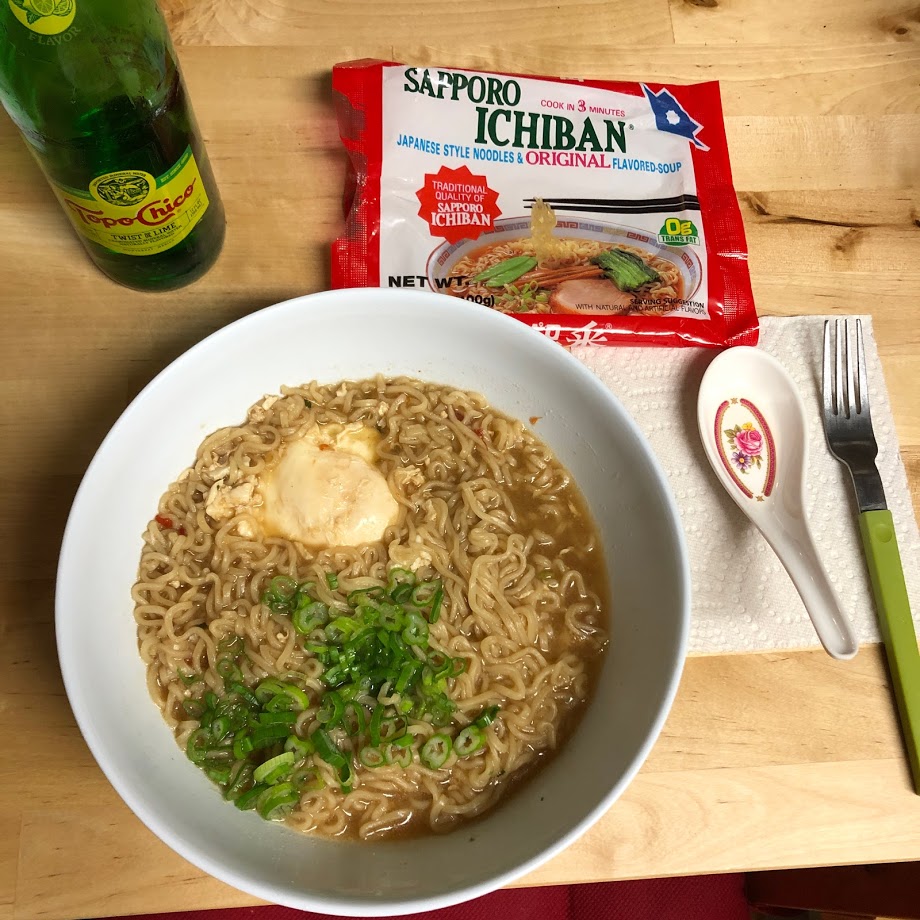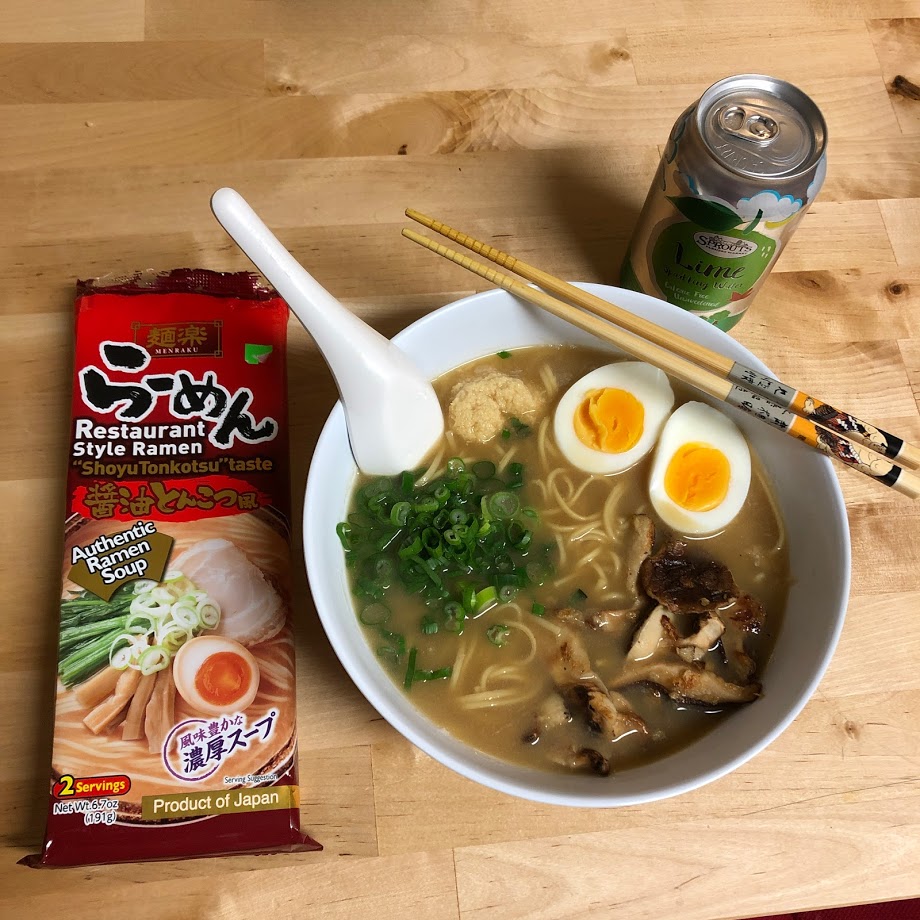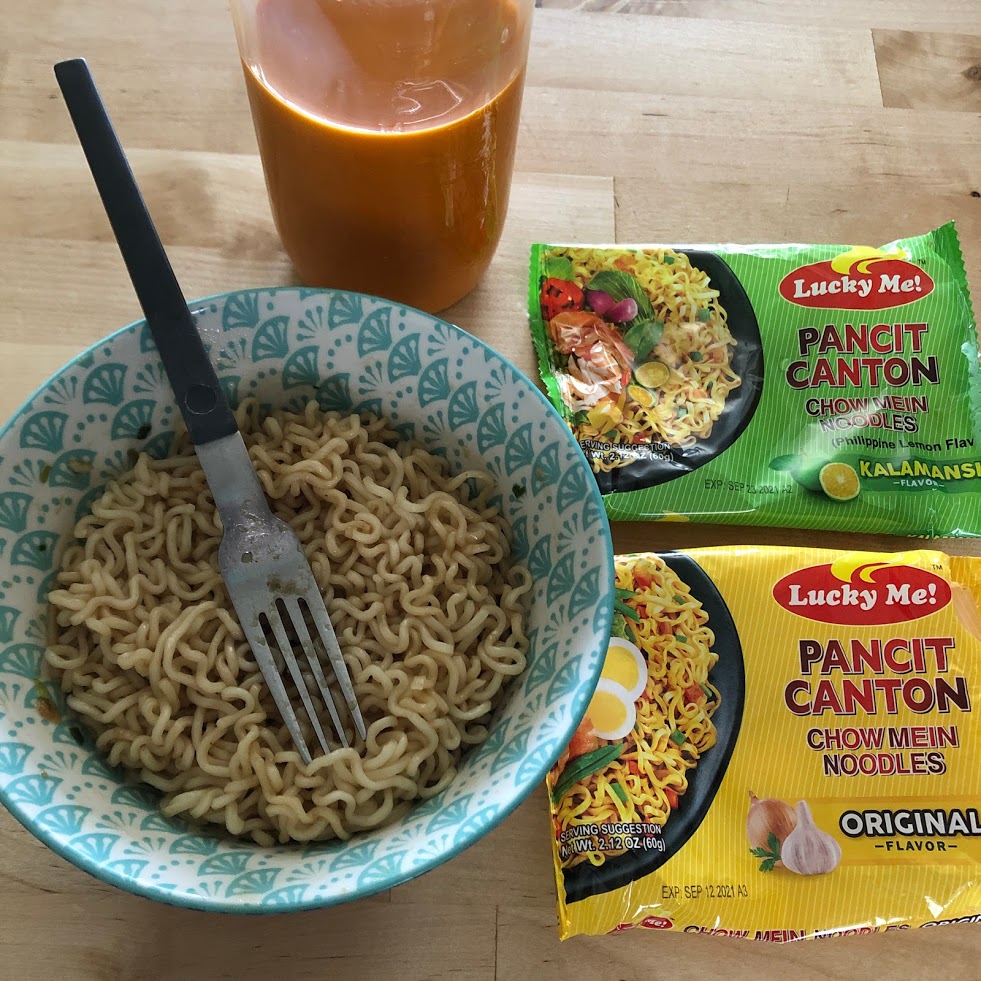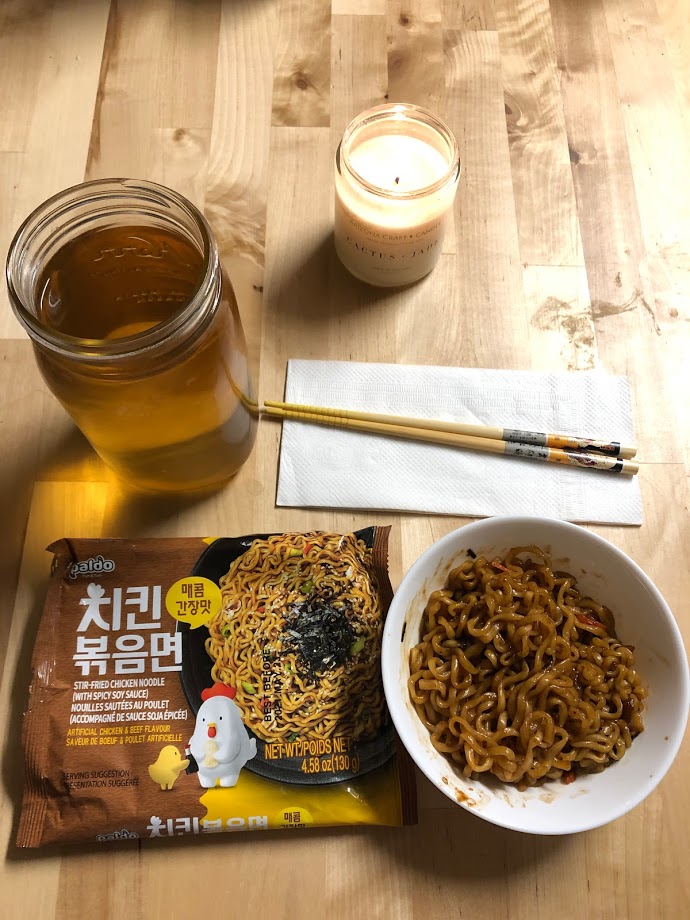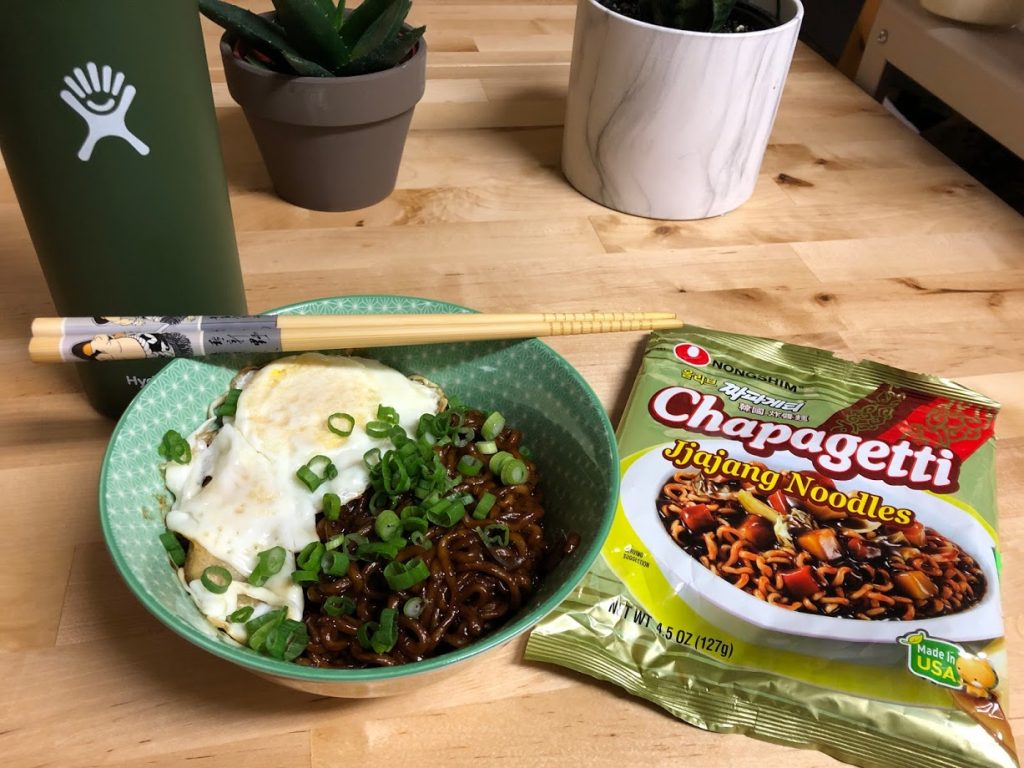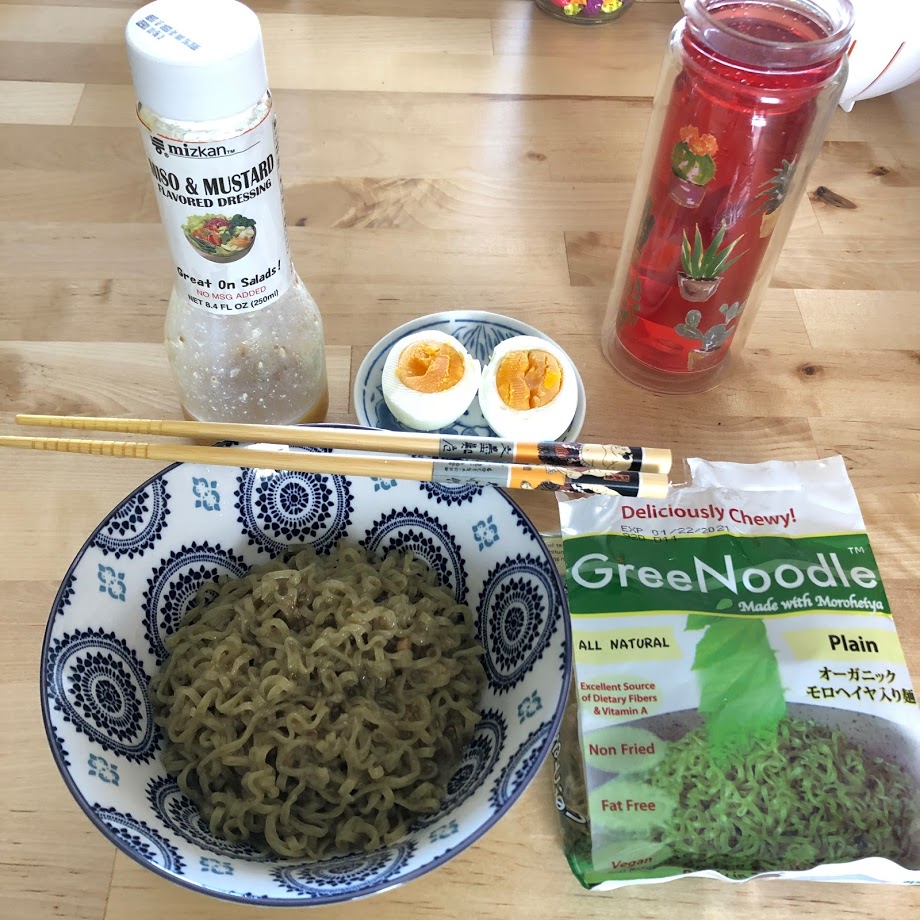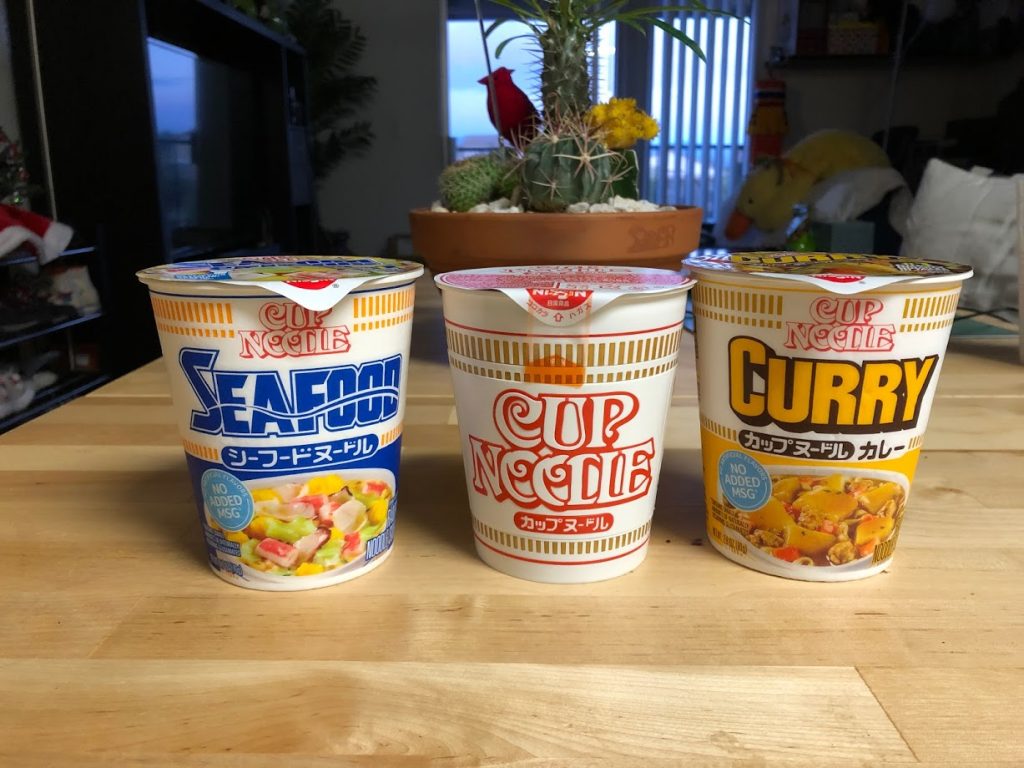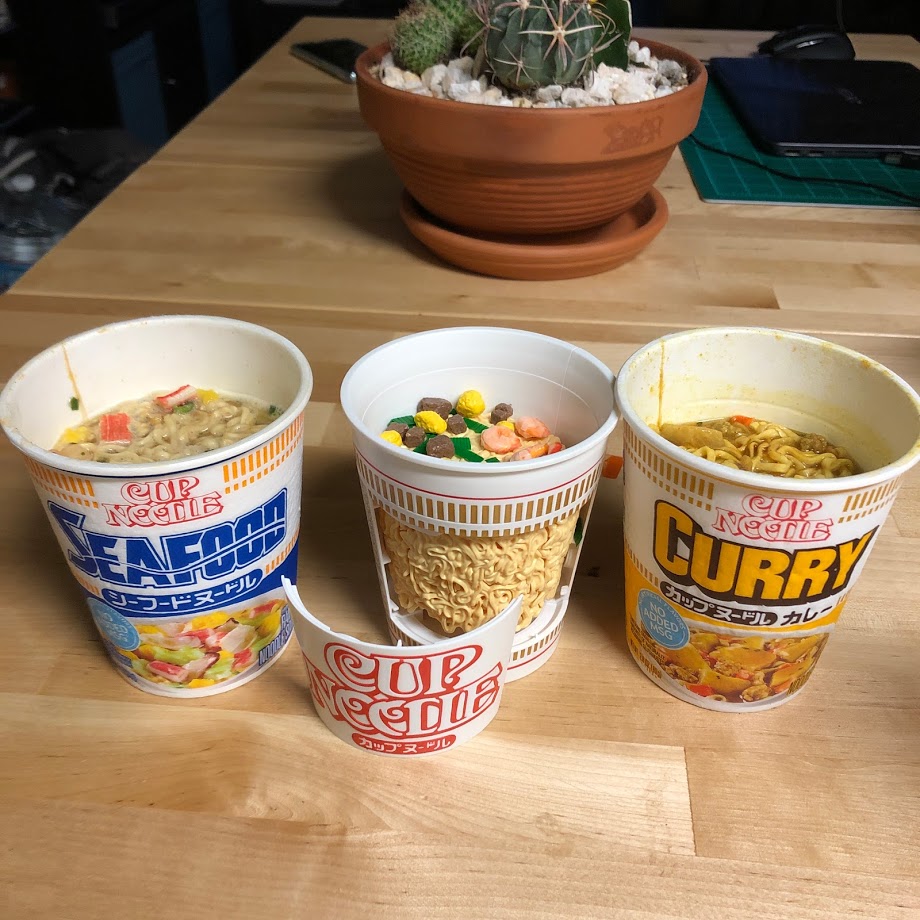One of the most painful things I’ve had to do in graduate school is writing. It’s probably the worst necessary evil in academia. I’ll take documentation and giving presentations any day over writing papers. I’ve finished writing the first full draft of the MagAO-X Fresnel modeling paper and it’s going through the comment cycles. But this entry is not about academic writing, it’s about a writing the world as a whole has slowly started to forget about.
My first material love is paper stationery. It manifested during my childhood in the Philippines where I was first exposed to paper stationery shops. It’s a passion that has only evolved in the past two decades, even in the face of technology advancement. I exclusively use 0.38mm and 0.5mm gel and ballpoint pens because it keeps my handwriting the cleanest. I’ve been using the same Uni Jetstream 4-in-1 0.38mm ballpoint multipen and pencil my entire PhD because it writes so smoothly. I recently bought my first fountain pen and I’m completely hooked. There’s particular notebooks I purchase because the paper is smooth and sturdy with just the right level of brightness and no ink bleed through. I discovered dot grid paper a couple years ago when I tried out bullet journaling (bujo). I’ve since stopped maintaining a bujo, but dot grid paper is my standard preference for personal and research notekeeping. Paper stationery products are hit or miss and I’m grateful for Kinokuniya Bookstore in Little Tokyo, Los Angeles for being my first resource into exploring quality products.
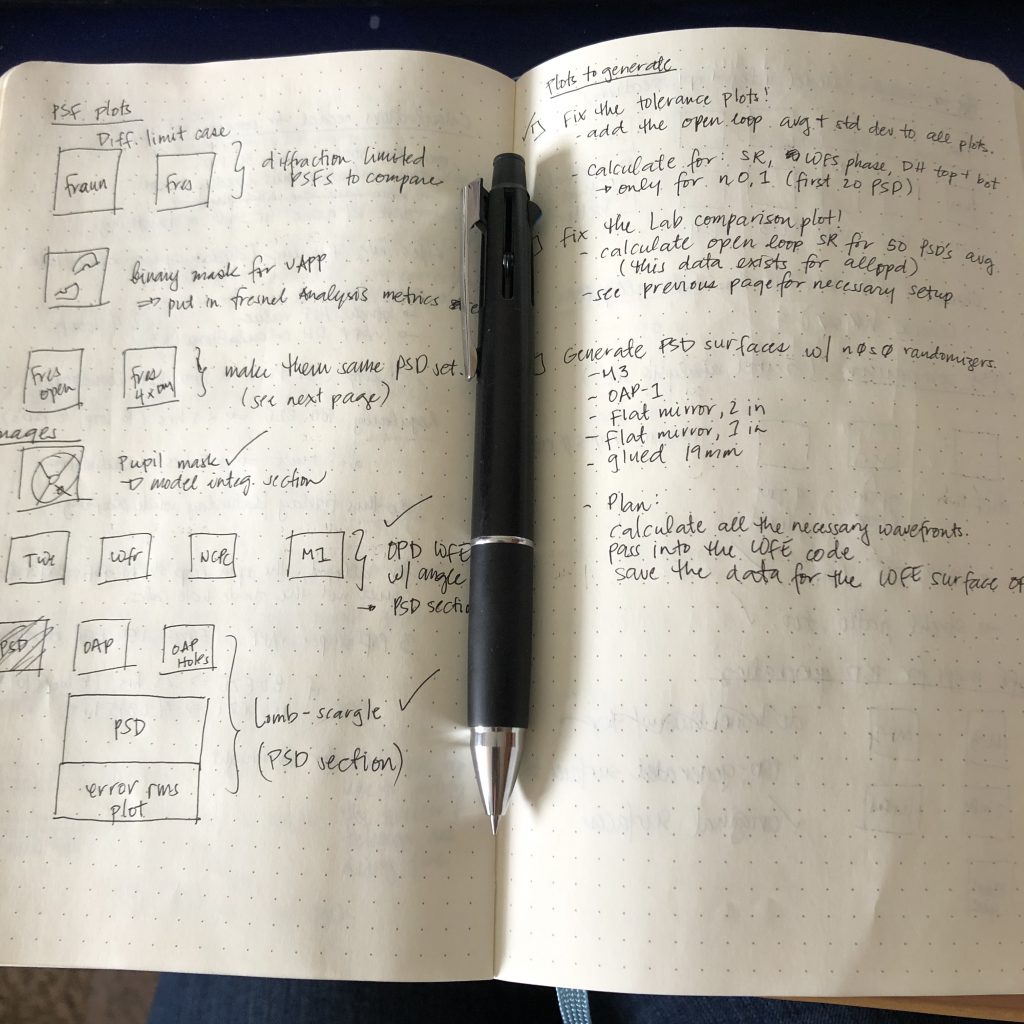
While paper stationery usage is one thing, letter writing is a different game. Writing and sending cards occasionally was nothing new for me, but it became a regular thing when I moved to Tucson for graduate school. I was transitioning into a distance relationship and I missed a lot of my friends and family. I sent cards as a form of encouragement for myself and a lot of my friends who started their grad programs. Over time, card writing became my personal creative outlet.
I have maintained a few pen pal correspondences through the years. We’re never quite consistent; we regularly fall off the wagon from our correspondence streak as we each get busy and that’s perfectly fine. There’s no time constraints on these things and we help each other get back on track. We don’t write much, just little highlights of things we want to share with each other. I wrote to one of my pen pals about how excited I was about my monstera plant’s new unrolled leaf had not 1 but 2 holes in it. I’ve amassed so many cards from friends through my PhD that I’ve had to buy another decorative storage box to house them all.
My favorite part about letter writing is adding cute card flair. I love finding out about new stamps coming out and using them in my correspondences. My current favorite stamp is a lenticular printed T-rex. I get to learn cool stuff from stamps, such as Dr. Chien-Shiung Wu and her work in nuclear physics (my excitement for female Asian in STEM representation is off the charts). All my envelopes get sent with some sticker by the recipient address and sealed with washi tape.
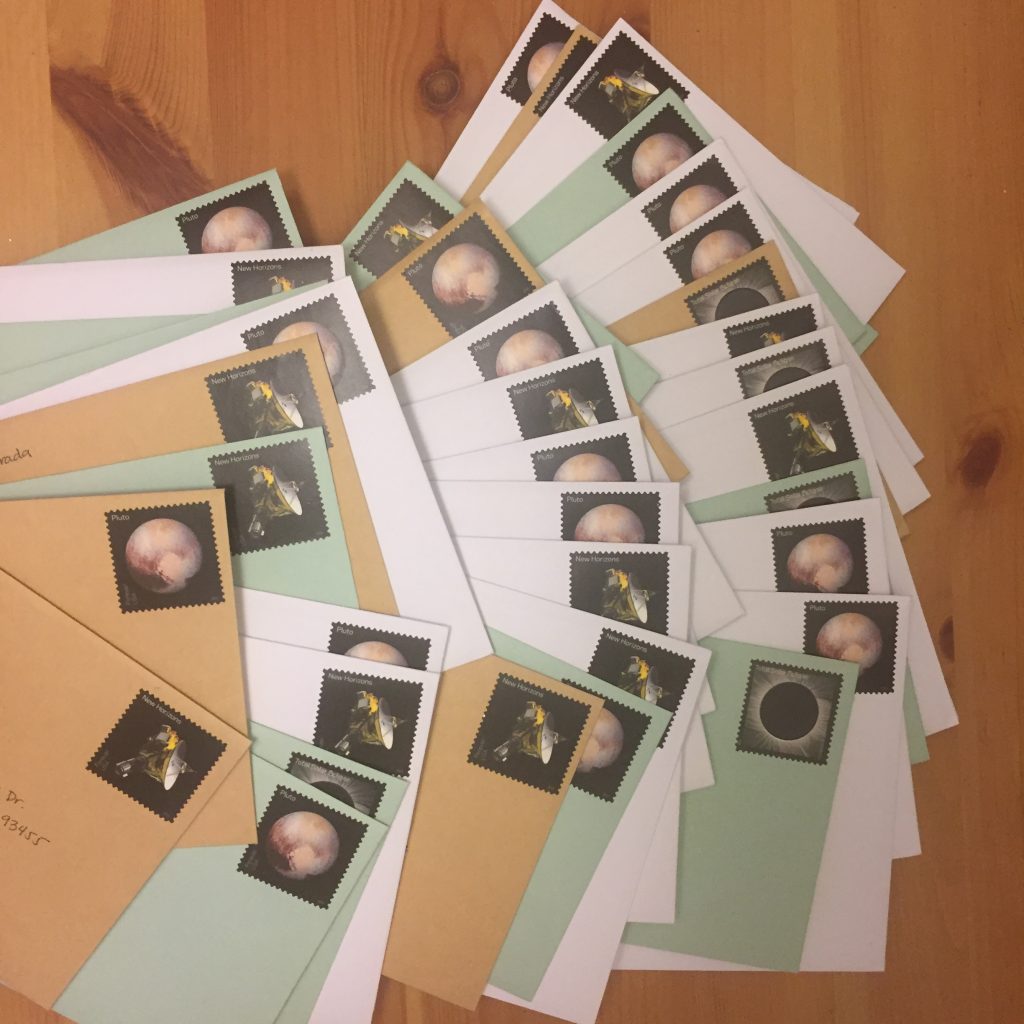
Letter writing has been my private getaway to detatch from a computer screen and hang out at local cafes. Just me, a drink with a snack, a small pile of cards, my favorite pen, and listening to music on my headset. It has brought me to appreciate taking in my environment. Of all the cafes I’ve visted in Tucson, Ren’s Coffeehouse in St. Philip’s Plaza is my favorite letter writing hangout (mostly because they also serve food).
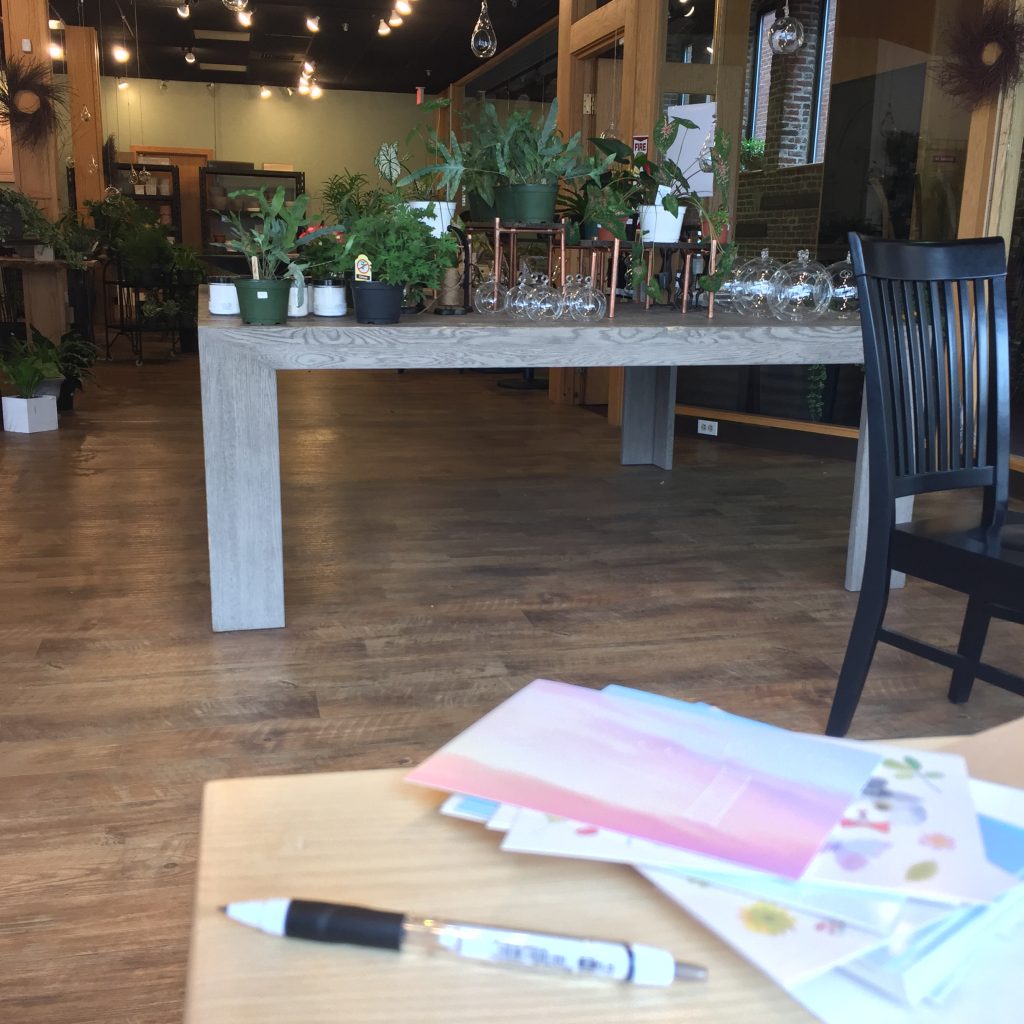
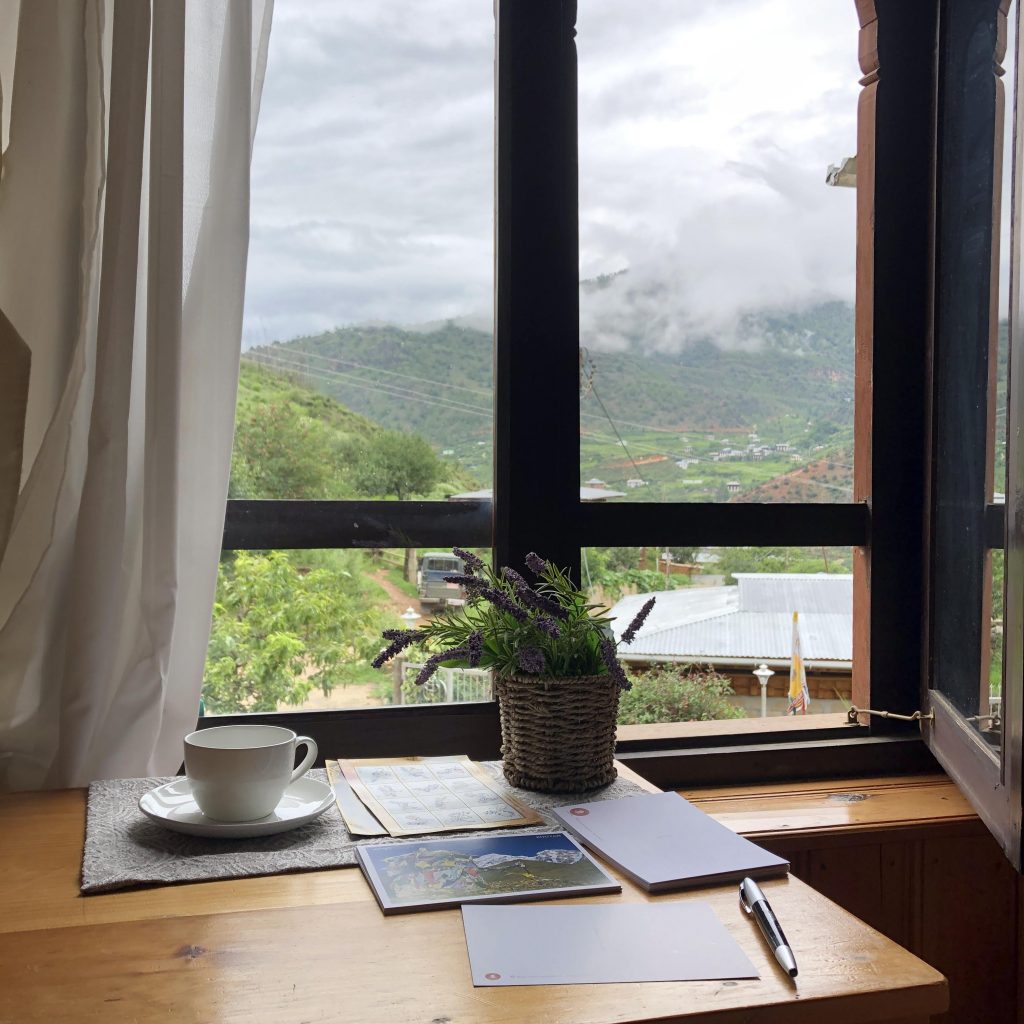
In 2001, the USPS dedicated April as National Card and Letter Writing month with the goal “to raise awareness of the importance and historical significance of card and letter writing”. To challenge myself, I made a very lofty goal: write and send 100 postcards to people I know through the month of April. I chose postcards because if I’m going to mail 100 of something, I’m going to do it with the cheapest postage stamp. (Jared is only capable of paying me so much with the graduate student salary limits.)
I came into this project with a lot of pre-existing postcards. I’ve accumulated cards from all over the place: astronomy-themed cards from a past Art of Planetary Science show, Tucson–centric cards, and some fun cards from Antigone Books. I completely burned through an AMNH illustration postcard set that has been sitting on my shelf for over a year. When I ran through my postcard supply, I bought a postcard set from an independent designer recommended by a friend. Postcards are fairly cheap to buy in a bundle set.
It’s an arduous task, but I manage it in stages through the week. I eagerly look forward to spending my Friday or Saturday evening binge writing through postcard bundles. To be honest, I believe it’s been the only reason why I’ve been able to not lose my mind with writing my papers. Writing these cards is an enjoyable process with the right setup. Here’s some progress photos through the month:
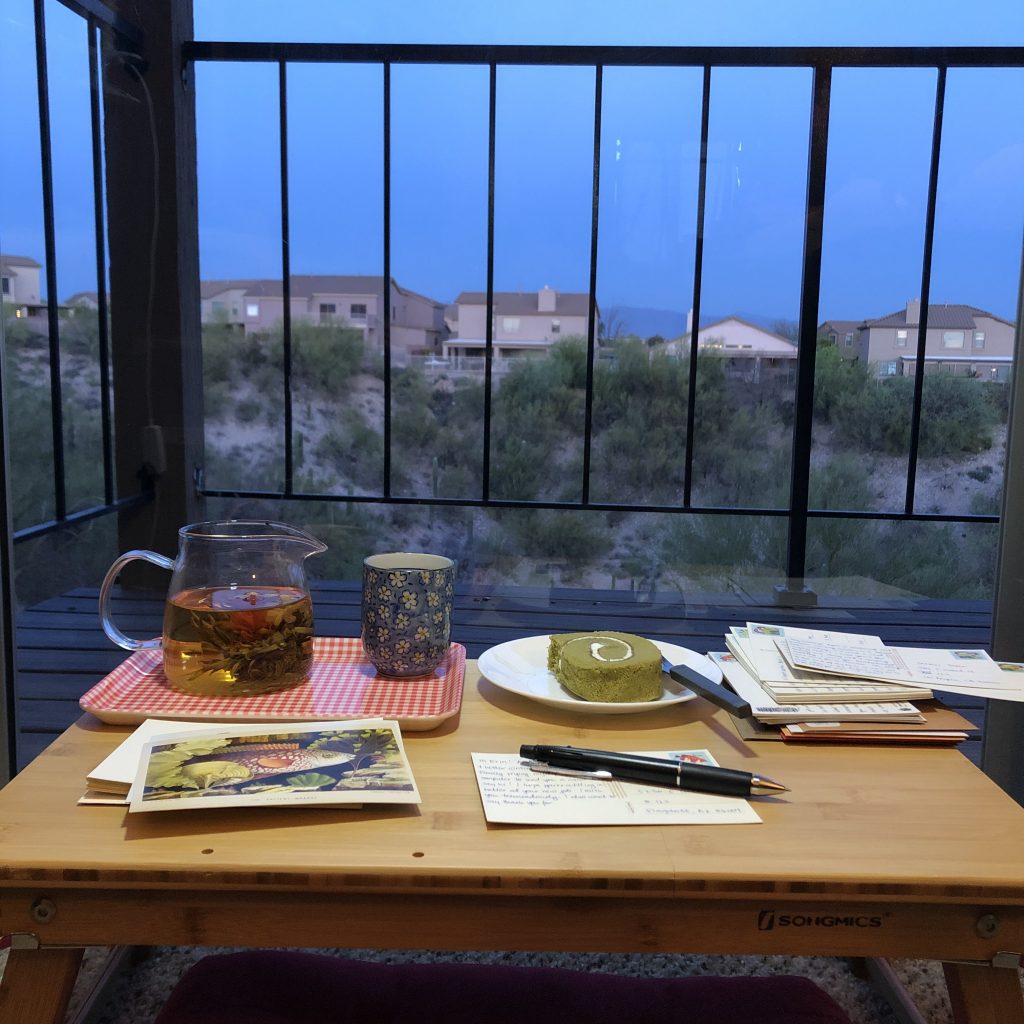
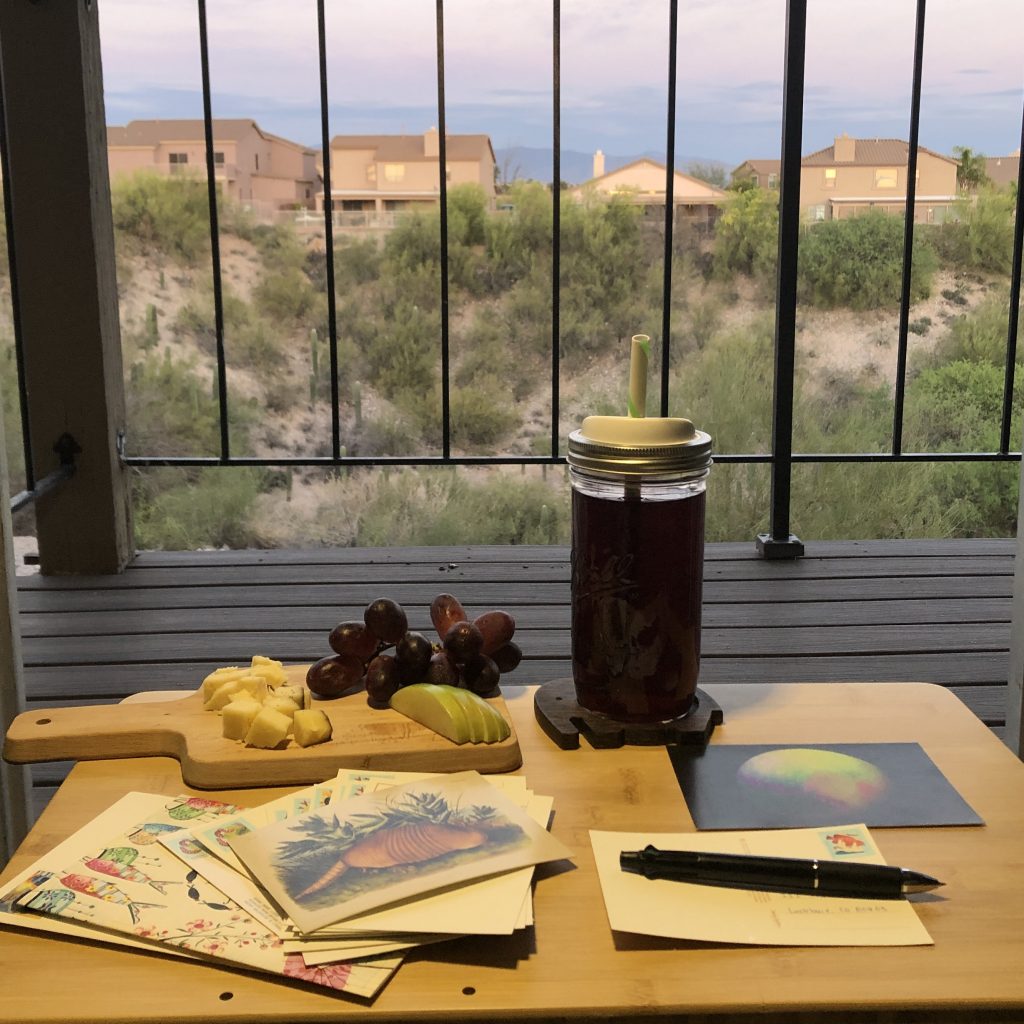
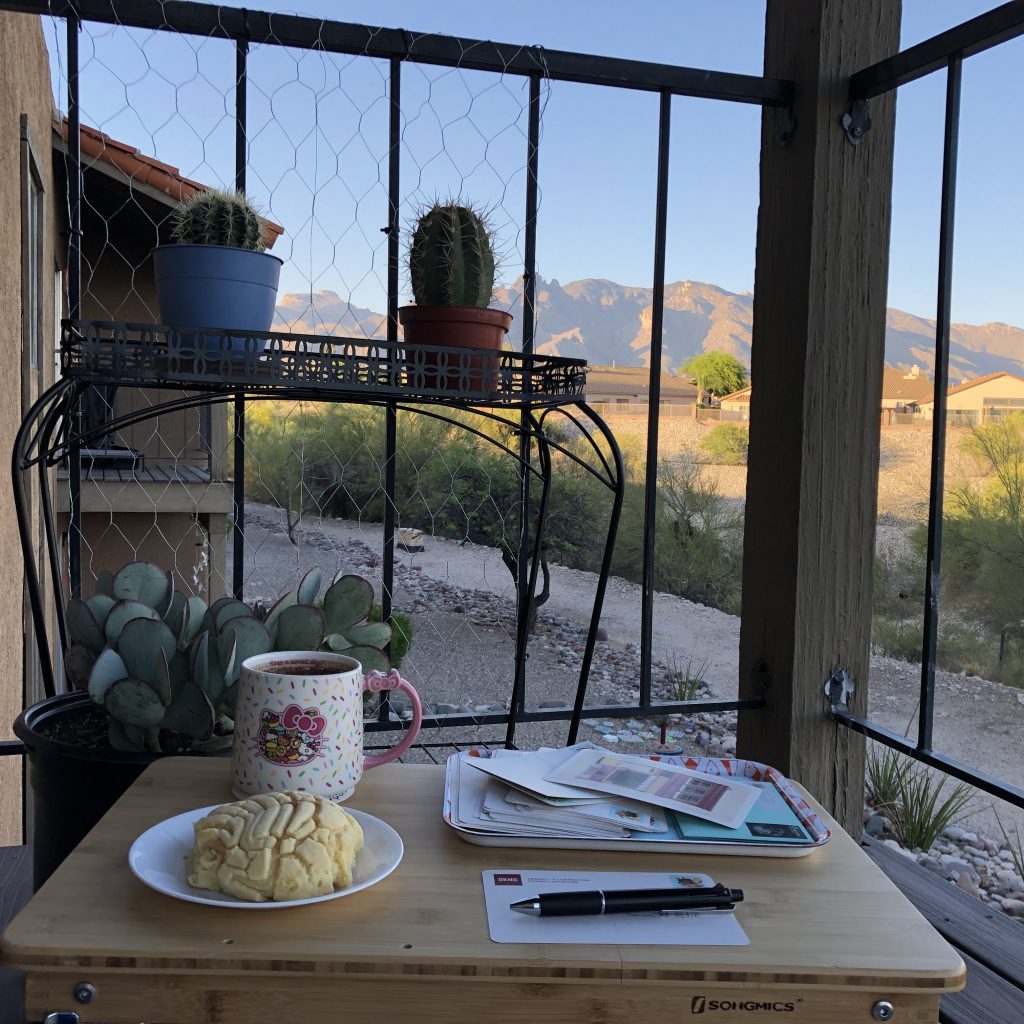
I’m happy to say that as of two days ago, I met my goal and completed my 100th postcard. (If you want to be fully technical about it, I mailed them out today.) It was fun to pick card designs for the recipients and allocate dedicated time away from the computer. I’ll probably do something like this again, but not to the extent of 100 postcards within only 1 month. It’s been a rewarding experience all around. The best part is that I’m starting a regular pen pal correspondence with 2 more friends!
Letter writing is a bit of a dying activity in this technological age. Despite that, I believe it’s a worthy pursuit. While email, texting, and social media allows for easy and quick access, there’s something extra special about maintaining a snail mail correspondence. After all, isn’t it nice to receive a surprise letter in your mailbox? The sillier the card, the better.
SONG OF THE DAY
Of course I’m going to choose a song by The Postal Service. Where were you in 2003? Because this song was EVERYWHERE.
